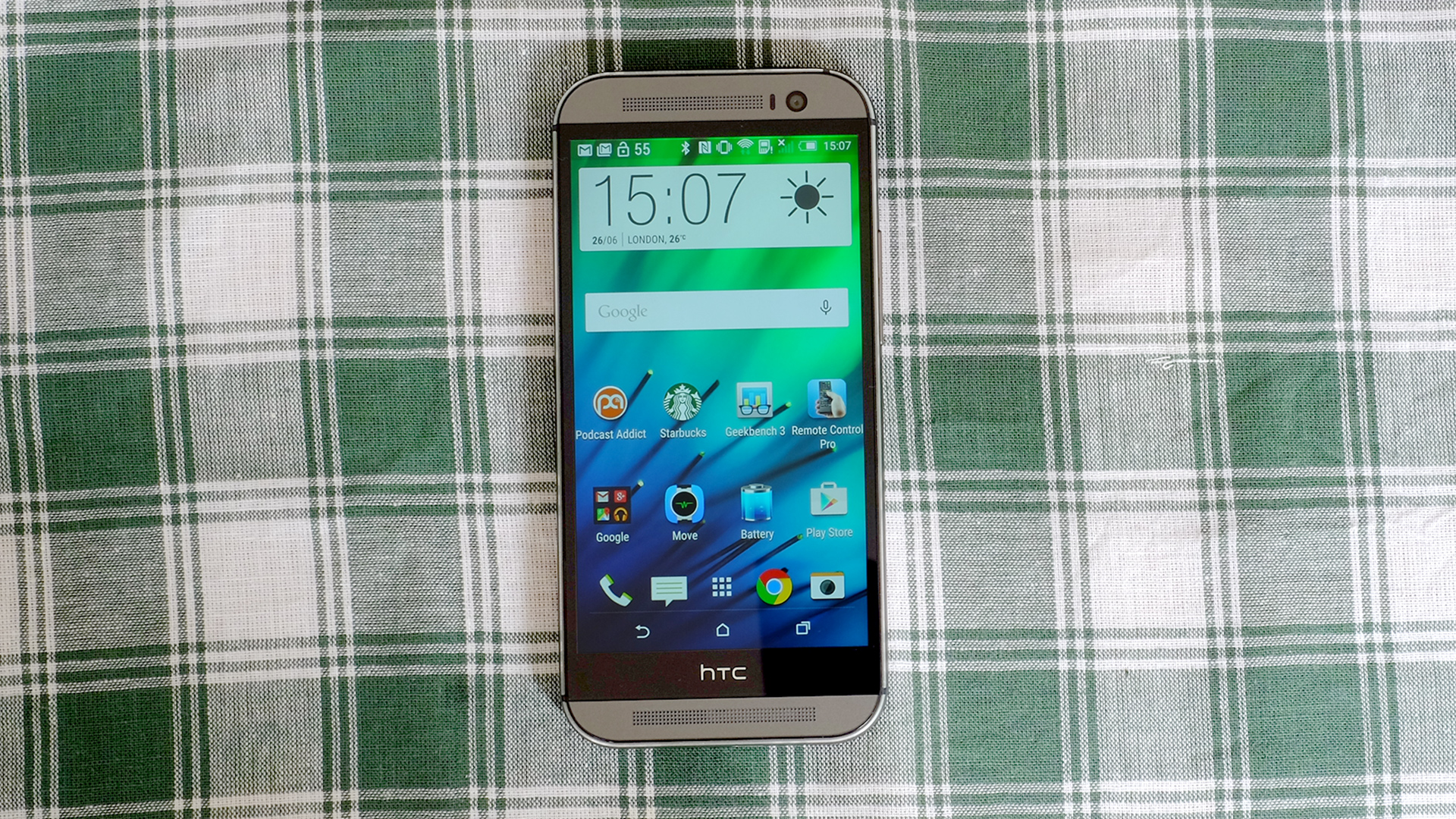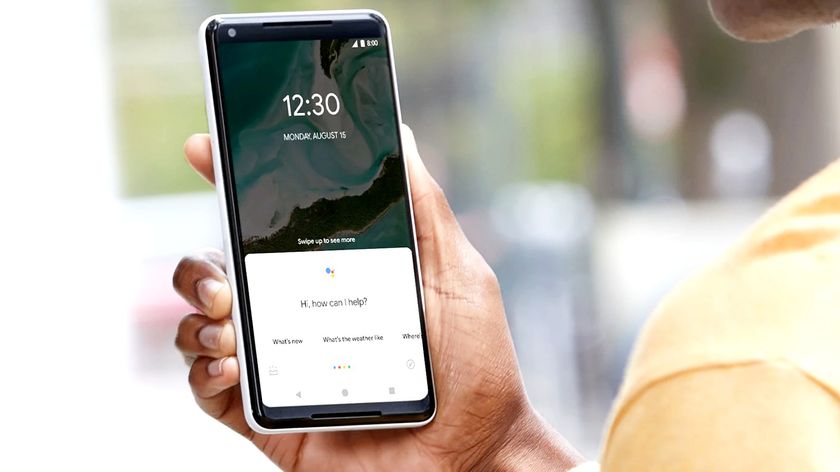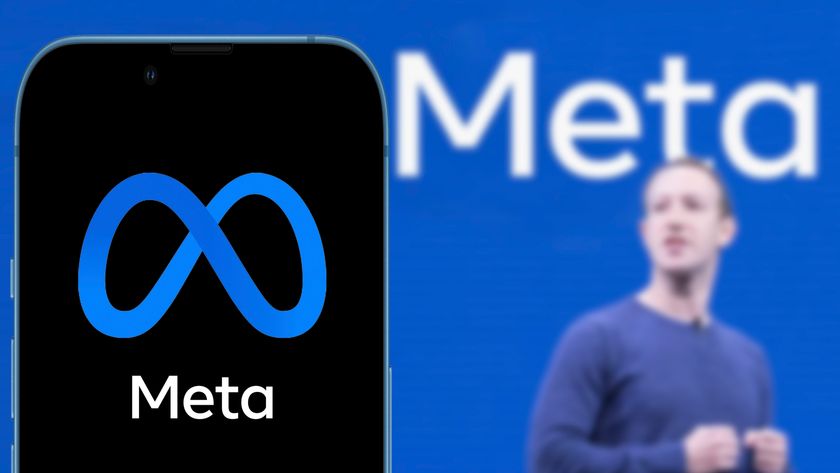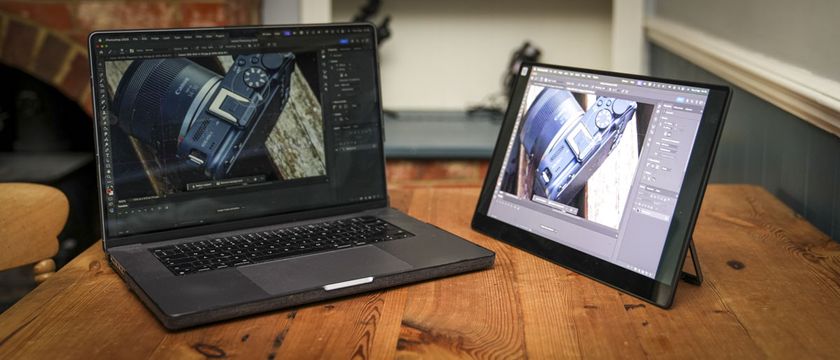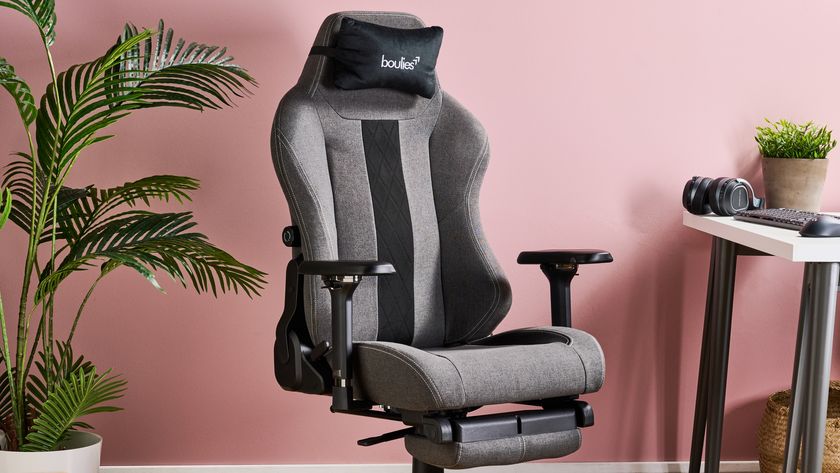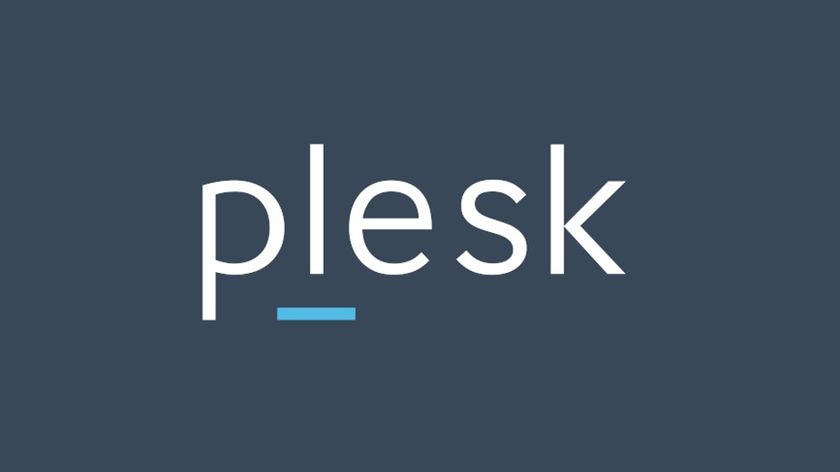Why you can trust TechRadar
The HTC One M8s has a 13-megapixel rear camera and a 5-megapixel front camera. A couple of years ago this sort of spec would have been reserved for seriously high-end phones. These days you find it in fairly affordable mobiles, like the Microsoft Lumia 640 XL.
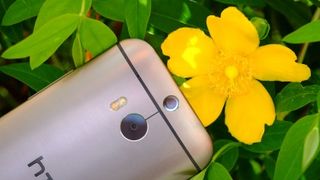
It seems like the One M8s uses the same Sony front and rear sensors as most of these more affordable 13-megapixel phones. And, well, they're fine. Not amazing, not terrible. Just fine.
The HTC One M8s suffers slightly less from exposure problems than the HTC One M9, but it has its own share of photographic issues. Hold your breath.
First, zoomed-in, fairly well-lit photos can look a little noisy. It's not the same sort of grainy noise you see in low-light phone photos, but a certain scrappiness that's down to the processing style. As a result, fine detail can look stressed, which is a shame when the fairly respectable detail level of a 13-megapixel sensor should make cropping into photos possible.
It also struggles with getting the exposure right and maintaining an impression of good dynamic range when dealing with difficult lighting. People often think phones only struggle with low-light situations, but give them a brightly-lit cloudy sky and they'll have serious issues.

The HTC One M8s doesn't seem to offer any post-shoot 'behind the scenes' dynamic range enhancement in the standard shooting mode, and using the HDR mode often results in large parts of the image looking milky and low in contrast. HDR shots also tend to look quite soft.
We're clearly not dealing with the best camera lens here either. While HDR softness is as much down to software as hardware, the edge of the frame in photos generally loses definition, and there's notable purple fringing around high-light-contrast objects throughout the frame.
The HTC One M8s responds to middling light levels by jacking-up colour saturation to ensure its images still look punchy. But it's very poor at compensating for genuinely bad light levels. Where Sony's Low Light mode boosts exposure so you can make out objects clearly even in near-dark settings, here dark photos stay dark. It has a dedicated Night mode, but it doesn't seem to help too much.
Even when the shutter slows down to one-ninth of a second in dark scenes, the HTC One M8s' camera brain just doesn't make use of whatever detail the sensor does manage to make out.
The HTC One M8s can take some smashing photos, especially if you use the full width of the sensor while avoiding digital zoom or cropping.
However, it comes across as a camera that has none of the smarts we see in top cameras like the Samsung Galaxy S6 and LG G4. We're not talking about the whizz-bang gadgets either, just the basics of their processing, exposure metering and dynamic range management.
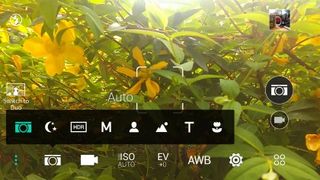
Honestly, after the so-so HTC One M9 camera it's no big surprise.
It's not 'just' a camera, though. It also has the secondary depth sensor HTC used in the One M8, then discarded in the One M9. This uses parallax to tell the difference between close objects and far-away ones, letting you blur and apply effects to in-focus or out-of-focus areas of the image. It's a cool idea, but in practice doesn't work 60% of the time.
That's probably why this effect has fallen out of favour with this year's flagships. It's fun to play around with, but when you realise how patchy it is, you'll likely stop using it.
Zoe mode feels behind the times too. It lets you join stills and video clips to make a little digital montage, but compared with a Vine video, it often feels like watching a slide show of someone's boring holiday photos. Yawn.
At this point the camera app could do with a spruce-up. It has the same software seen in the HTC One M8, and while it has a cool, distinctive style, it doesn't put the bits you need for day-to-day use right at your fingertips.
Turning HDR on and off needs three taps and the app doesn't make great use of space. It has a standard/duo camera switch at the side of the screen, but lacks a HDR toggle and front/back camera button. One good thing is that it gives you decent manual control, with easy settings for ISO, exposure and white balance. Manual focusing is missing.

Moving around to the front, the HTC One M8s has a 5-megapixel selfie camera. And like other HTC phones, it has a mode that smoothes-out your crinkly bits.
Unfortunately it suffers from the same kinda nasty-looking processing as the rear camera. It doesn't seem to know what to do with beard hair, for one. While it's pretty good at exposing so the face in shot is clear, the results aren't much better than some 2-megapixel selfie cameras.
Andrew is a freelance journalist and has been writing and editing for some of the UK's top tech and lifestyle publications including TrustedReviews, Stuff, T3, TechRadar, Lifehacker and others.
